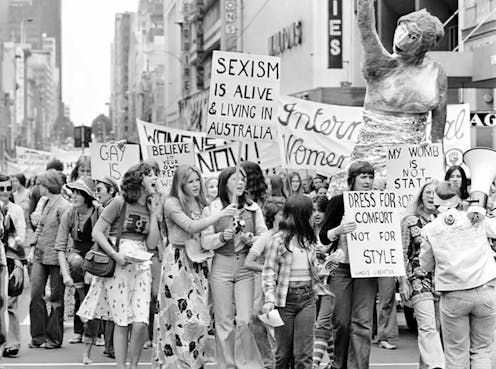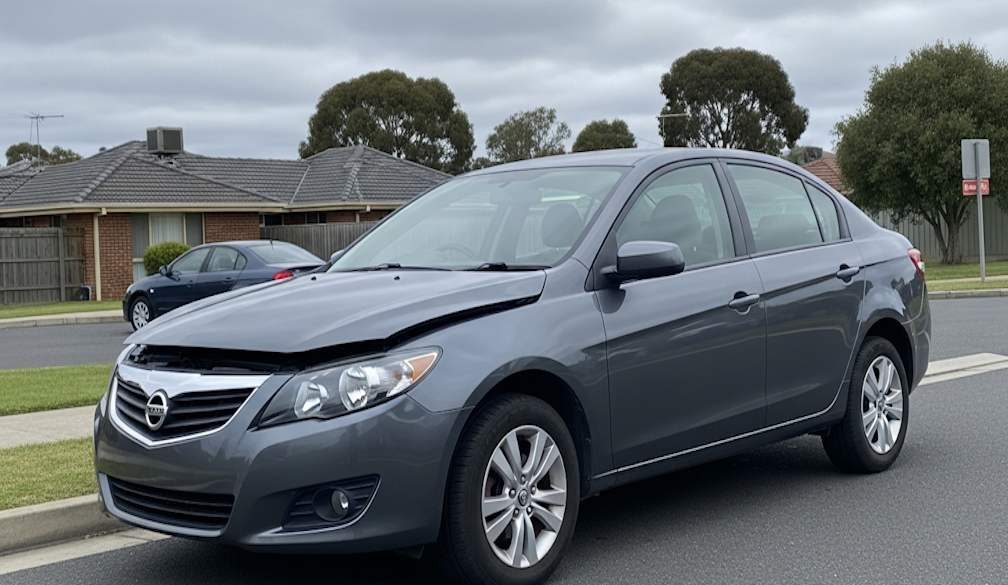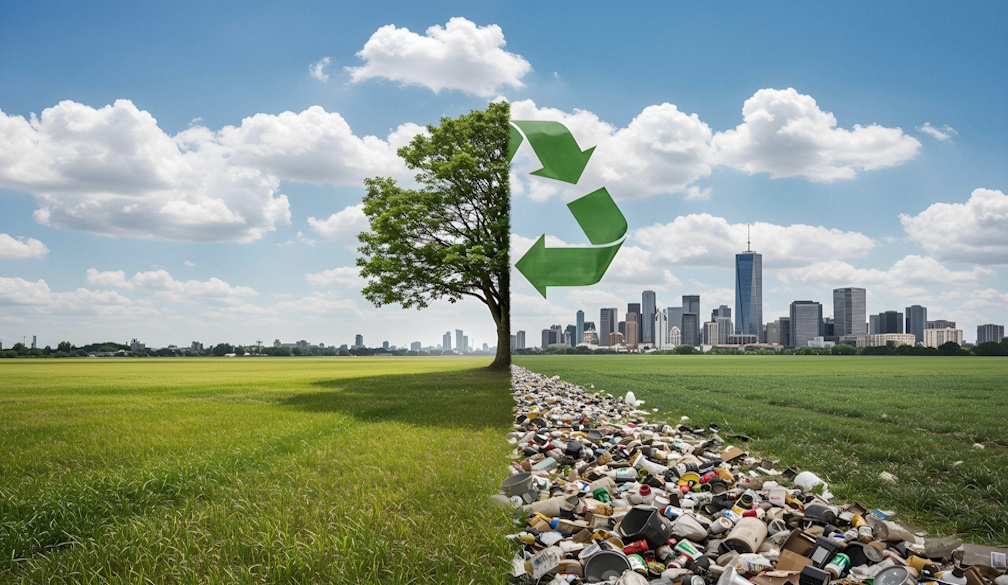In December 1972, the same month the Whitlam government was first elected, the United Nations General Assembly proclaimed 1975 as International Women’s Year (IWY). This set in train a series of world-changing events, in which Australia was to play a significant part.
The aim of IWY was to end discrimination against women and enable them to participate fully in economic, social and political life. Fifty years later, such participation has become an indicator of development and good governance. But the full promise of International Women’s year has yet to be fulfilled, hampered by pushback and the scourge of gender-based violence.
‘The greatest consciousness-raising event in history’
Dubbed “the greatest consciousness-raising event in history”, the UN’s first World Conference on Women took place in Mexico City in June 1975. Consciousness-raising had been part of the repertoire of women’s liberation. Now it was taken up by government and intergovernmental bodies.
The Mexico City conference was agenda-setting in many ways. The Australian government delegation, led by Elizabeth Reid, helped introduce the world of multilateral diplomacy to the language of the women’s movement. As Reid said:
We argued that, whenever the words “racism”, “colonialism” and “neo-colonialism” occurred in documents of the conference, so too should “sexism”, a term that had not to that date appeared in United Nations documents or debates.
Reid held the position of women’s adviser to the prime minister. In this pioneering role, she had been able to obtain government commitment and funding for Australia’s own national consciousness-raising exercise during IWY.
A wide range of small grants promoted attitudinal change – “the revolution in our heads” – whether in traditional women’s organisations, churches and unions, or through providing help such as Gestetner machines to the new women’s centres.
IWY grants explicitly did not include the new women’s services, including refuges, women’s health centres and rape crisis centres. Their funding was now regarded as an ongoing responsibility for government, rather than suitable for one-off grants.
IWY began in Australia with a televised conversation on New Year’s Day between Reid and Governor-General John Kerr on hopes and aspirations for the year. On International Women’s Day (March 8), Prime Minister Gough Whitlam’s speech emphasised the need for attitudinal change:
Both men and women must be made aware of our habitual patterns of prejudice which we often do not see as such but whose existence manifests itself in our language and our behaviour.
The Australian postal service celebrated the day by releasing a stamp featuring the IWY symbol, showing the spirit of women breaking free of their traditional bonds. At Reid’s suggestion, IWY materials, including the symbol, were printed in the purple, green and white first adopted by Emmeline Pankhurst in 1908 and now known as the suffragette colours.















